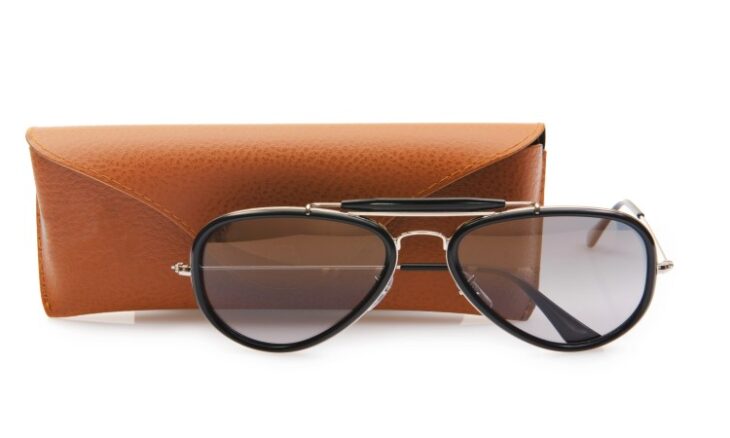Meta’s Wearable Glasses Redefine Retail
Meta’s launch of the Ray-Ban Display glasses, which began as a conventional rollout, quickly evolved into a live demonstration of how advanced wearable technology might transform retail. The process revealed both the promise and the complexity of introducing next-generation display wearables to a broader market.
Available since 30 September at a retail price of $799, the glasses have been described as one of the most refined consumer heads-up displays available. Their technology integrates an almost invisible display into the right lens, complemented by Meta’s Neural Band controller. Early users responded with notable enthusiasm, an uncommon reaction in the often sceptical world of tech launches.
From a technological perspective, Meta diverged from industry norms by employing a liquid crystal on silicon (LCOS) projector rather than the more common microLED alternative. The LCOS system, developed using components from Omnivision, produces colour through sequential strobing of blue, green, and red LEDs roughly every 11 milliseconds. This method allows for an exceptionally clear and unobtrusive waveguide, avoiding the colourful reflections typically seen in microLED versions. The display produces rich, vibrant tones while maintaining brightness even in bright settings, though resolution is capped at 600 by 600 pixels with a 20-degree field of view.
Equally innovative is the Neural Band controller, which uses electromyography to detect muscle signals in the wrist. These signals translate into gestures that control the device, eliminating the need for voice or touch input. This gesture-based system offers a futuristic feel while remaining practical and intuitive once mastered.
Despite its technical sophistication, Meta’s rollout encountered obstacles. Supply chain disruptions combined with limited launch readiness resulted in stock depletion within 48 hours, while some customers were directed to incorrect or non-existent retail locations. The company also faced logistical challenges due to the product’s complexity, prompting it to require in-store demonstrations before purchase. This hands-on prerequisite reflected an understanding that the product’s setup and use demanded guidance rather than self-installation.
Rather than simplifying the buying process, Meta chose to reshape it. Recognising that display-equipped wearables require personalisation and fitting similar to prescription eyewear, the company introduced experiential retail environments to facilitate customer understanding. Its first dedicated space, the Meta Lab pop-up on Los Angeles’ Melrose Avenue, mirrored its Connect conference showcase. The Connect event had yielded impressive engagement, with a high percentage of attendees trying and purchasing the product, proof that immersive retail could drive adoption where traditional sales models faltered.
The Los Angeles pop-up extends well beyond standard demonstrations. It offers live events including comedy performances, podcasts, art sessions, and cooking classes, transforming the location into a community-driven experience. This initiative forms part of a three-phase testing strategy, culminating in a permanent installation in Phoenix scheduled for early 2026.
Meta’s approach acknowledges that complex technologies require context rather than simple display counters. Unlike products such as headphones, which can be evaluated in seconds, wearable displays demand immersive engagement to demonstrate value. This strategy serves not only as a marketing model but also as a consumer education tool, bridging the gap between smart glasses and full augmented reality.
The Ray-Ban Display model sits at this transitional point, functioning more as a visual companion similar to a smartwatch than as a fully fledged AR device. Its purpose is to familiarise consumers with display-based wearables before more sophisticated augmented reality systems reach the market. Early comparisons to the first iPhone underscore this point, an imperfect but visionary product that reshaped user expectations and laid the groundwork for future innovation.
The glasses thus represent more than a product release; they symbolise Meta’s attempt to redefine retail for a new technological era. With the Los Angeles pop-up open until the end of December and a wider rollout planned for early 2026, the company is testing whether experiential retail can overcome the adoption barriers that have hindered the success of previous wearable devices.
If successful, this experiment could establish a new retail framework for complex consumer technologies, one that prioritises education, interaction, and real-world application over traditional product marketing. It marks a significant shift in how the technology industry introduces innovation, signalling that the path to mainstream acceptance may depend as much on human experience as on technical progress.










